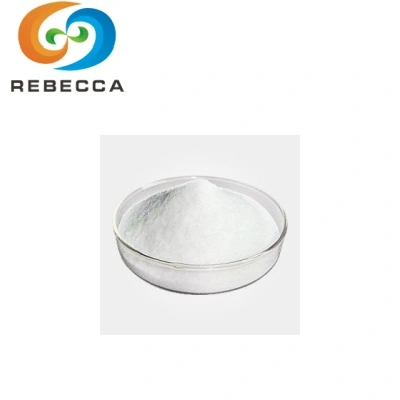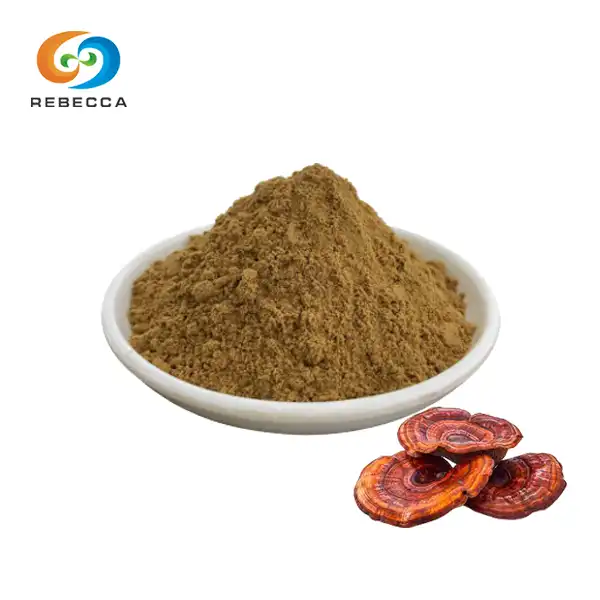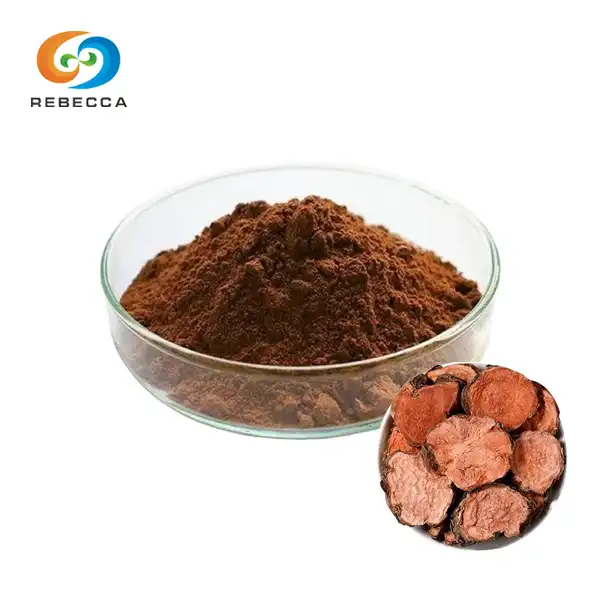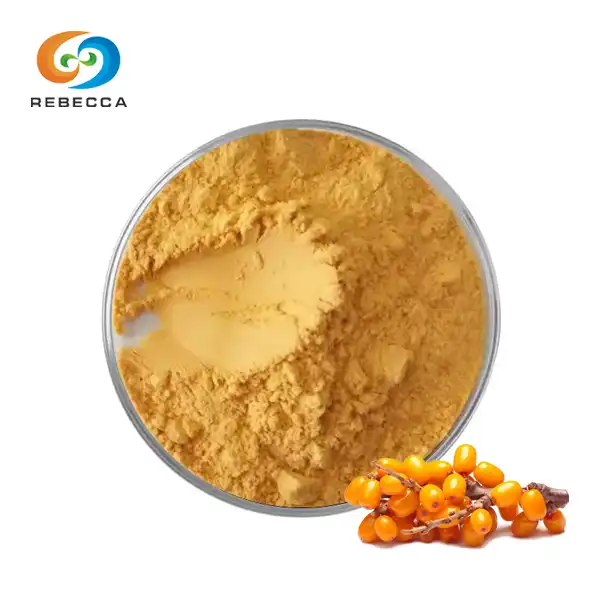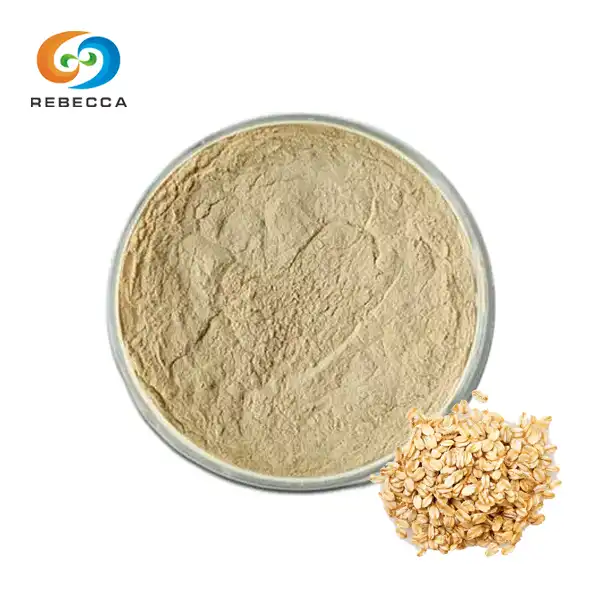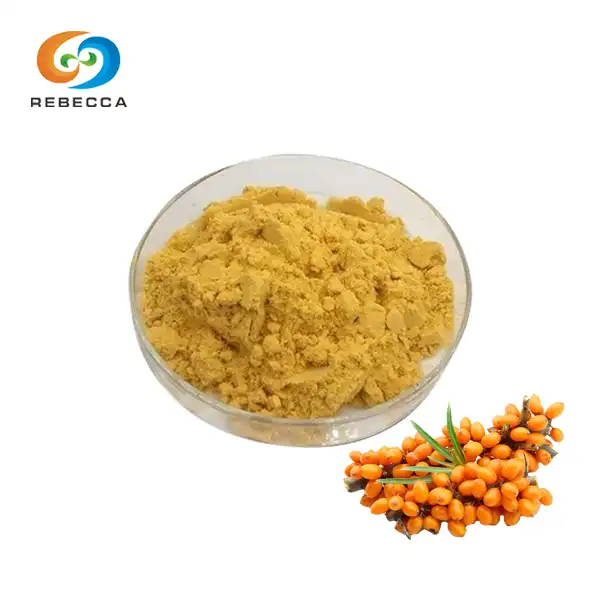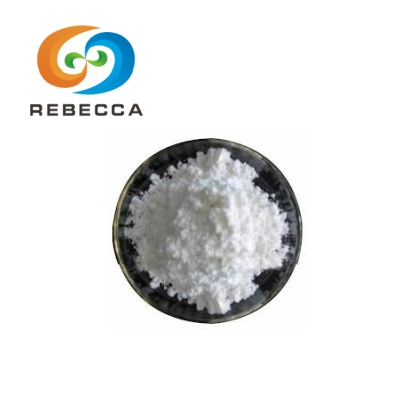Does lingonberry extract have antioxidants?
Lingonberries (Vaccinium vitis-idaea L.) belong to the same botanical family as cranberries and blueberries, both of which are known for their health-promoting properties. These bright red berries grow on low evergreen shrubs in forest undergrowth and are harvested in late summer and autumn. Traditional uses of lingonberries span from preserves and juices to medicinal applications for urinary tract health and inflammation reduction. Modern extraction methods have made it possible to concentrate the beneficial compounds found in lingonberries, creating lingonberry extract that can be consumed in supplement form or added to various food products.
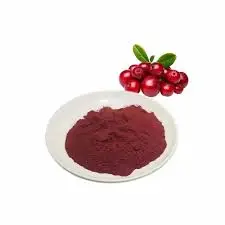
Main Types of Antioxidants in Lingonberry Extract
Lingonberry extract boasts a rich diversity of antioxidant constituents, each showcasing distinct chemical architectures and possible health advantages. Among the most common and thoroughly researched antioxidants are polyphenols, including flavonoids, anthocyanins, and proanthocyanidins. These botanical elements not only impart the unique hue to lingonberries but also play a crucial role in their antioxidant efficacy.
Anthocyanins are among the most plentiful categories of antioxidants found in lingonberry extract. These soluble pigments are responsible for the striking red hue of the berries and have shown remarkable antioxidant properties across numerous studies. Specific anthocyanins identified include cyanidin-3-galactoside, cyanidin-3-glucoside, and cyanidin-3-arabinoside. Research indicates that these compounds can effectively neutralize free radicals and may aid in safeguarding cellular structures from oxidative harm (Ek et al., 2006).
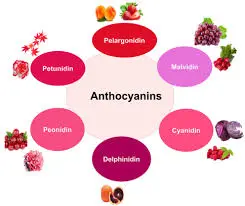
Proanthocyanidins, commonly referred to as condensed tannins, constitute another significant class of antioxidants present in lingonberry extract. These molecules are made up of chains of flavan-3-ols, such as catechin and epicatechin, and have been linked to a variety of health advantages, including anti-inflammatory and antimicrobial effects. Research has demonstrated that proanthocyanidins show robust antioxidant activity, potentially safeguarding cells from damage induced by oxidative stress (Määttä-Riihinen et al., 2004).
Flavonols signify yet another group of antioxidants found in lingonberry extract. Quercetin and its derivatives rank among the most prevalent flavonols detected in lingonberries, and studies suggest these compounds may aid in diminishing inflammation and oxidative stress. Quercetin has undergone extensive research for its possible heart-protective effects and its role in bolstering immune function (Puupponen-Pimiä et al., 2005).
Research on Antioxidant Activity
Recent years have seen a marked increase in scientific curiosity regarding its antioxidant benefits, as numerous investigations have showcased its remarkable ability to counteract free radicals and diminish oxidative stress. Laboratory assessments employing techniques like Oxygen Radical Absorbance Capacity (ORAC) and Ferric Reducing Antioxidant Power (FRAP) have repeatedly indicated that lingonberry extract boasts considerable antioxidant prowess, often ranking among the top in berry fruits.
A comparative investigation featured in the Journal of Agricultural and Food Chemistry analyzed the antioxidant capacity of various berries, revealing that lingonberries displayed notably elevated antioxidant activity. The research applied diverse assays to evaluate different facets of antioxidant potential, with lingonberry extract excelling across several metrics, implying a wide-ranging spectrum of antioxidant defense (Wang et al., 2005).
Cell culture investigations have provided additional proof of the antioxidant effects. Studies at the University of Helsinki highlighted that lingonberry extract could safeguard human epithelial cells from oxidative stress triggered by hydrogen peroxide, a prevalent free radical. The extract substantially minimized cellular damage and sustained cell viability amidst oxidative stress, indicating possible protective properties in living organisms (Määttä-Riihinen et al., 2005).
Research involving animals has reinforced the antioxidant capabilities. In an experiment with lab rats on a high-fat diet, the inclusion of lingonberry extract resulted in lower indicators of oxidative stress in liver tissues, along with enhanced activities of antioxidant enzymes. The scientists noted an improvement in superoxide dismutase (SOD) and glutathione peroxidase (GPx) functions, suggesting that lingonberry extract might bolster the body's natural antioxidant defense mechanisms (Heyman et al., 2014).
Although still in its early stages, clinical studies have started investigating the effects of lingonberry consumption in humans. A small intervention study featured in the European Journal of Clinical Nutrition indicated that regular intake of lingonberry products enhanced the plasma antioxidant capacity among healthy participants. The researchers recorded increased concentrations of anthocyanins and other polyphenols in the bloodstream of the participants following lingonberry intake, along with improved indicators of antioxidant status (Lehtonen et al., 2010).

Potential Health Benefits
Its antioxidant properties may translate into various health benefits, according to emerging scientific research. While many studies are preliminary and further clinical trials are needed, the evidence suggests that lingonberry extract might support health in multiple ways through its antioxidant activity.
Research has investigated the potential of supporting digestive health. The antioxidants and fiber content in lingonberries may promote a healthy gut microbiome, which is increasingly recognized as crucial for overall health. Studies in animal models suggest that lingonberry extract can modulate gut bacterial populations, potentially increasing beneficial bacteria while reducing harmful strains. This prebiotic effect, combined with the antioxidant protection for gut tissues, may support digestive health and function (Heyman-Lindén et al., 2016).
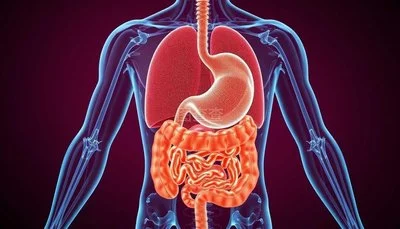
Skin health represents another potential application for lingonberry extract, given the role of oxidative stress in skin aging and damage. The antioxidants may help protect skin cells from UV radiation and environmental pollutants, potentially reducing wrinkle formation and supporting skin elasticity. Some cosmetic and skincare products have begun incorporating lingonberry extract for these purported benefits, though more research is needed to fully establish its efficacy for dermatological applications (Jensen et al., 2011).

Rebecca: Lingonberry Extract For Sale
As we've explored throughout this article, it offers a rich source of antioxidants with promising potential for supporting overall health and wellbeing. The science behind these tiny red berries continues to evolve, revealing more about their impressive nutritional profile and biological activities.
At Rebecca Bio-Tech, we're proud to offer premium lingonberry extract derived from carefully selected Vaccinium vitis-idaea L. berries. Our product contains 5-25% anthocyanins and is available in both fruit powder and juice powder forms. The extract appears as a vibrant purple powder and undergoes rigorous quality testing using UV detection methods to ensure potency and purity.
Our product is sourced exclusively from the fruit of the plant and maintains a shelf life of 24 months when stored properly. Whether you're a supplement manufacturer, food producer, or health products formulator, our extract provides a versatile ingredient that can enhance your offerings with natural antioxidant power.
For more information about our specifications, pricing, or to place an order, please reach out to us at information@sxrebecca.com.
References
Bhullar, K. S., & Rupasinghe, H. P. V. (2015). Polyphenols: Multipotent therapeutic agents in neurodegenerative diseases. Oxidative Medicine and Cellular Longevity, 2015, 181260.
Ek, S., Kartimo, H., Mattila, S., & Tolonen, A. (2006). Characterization of phenolic compounds from lingonberry (Vaccinium vitis-idaea). Journal of Agricultural and Food Chemistry, 54(26), 9834-9842.
Erlund, I., Koli, R., Alfthan, G., Marniemi, J., Puukka, P., Mustonen, P., Mattila, P., & Jula, A. (2008). Favorable effects of berry consumption on platelet function, blood pressure, and HDL cholesterol. The American Journal of Clinical Nutrition, 87(2), 323-331.
Häkkinen, S. H., Kärenlampi, S. O., Heinonen, I. M., Mykkänen, H. M., & Törrönen, A. R. (1999). Content of the flavonols quercetin, myricetin, and kaempferol in 25 edible berries. Journal of Agricultural and Food Chemistry, 47(6), 2274-2279.
Heyman-Lindén, L., Kotowska, D., Sand, E., Bjursell, M., Plaza, M., Turner, C., Holm, C., Fåk, F., & Berger, K. (2016). Lingonberries alter the gut microbiota and prevent low-grade inflammation in high-fat diet fed mice. Food & Nutrition Research, 60, 29993.
